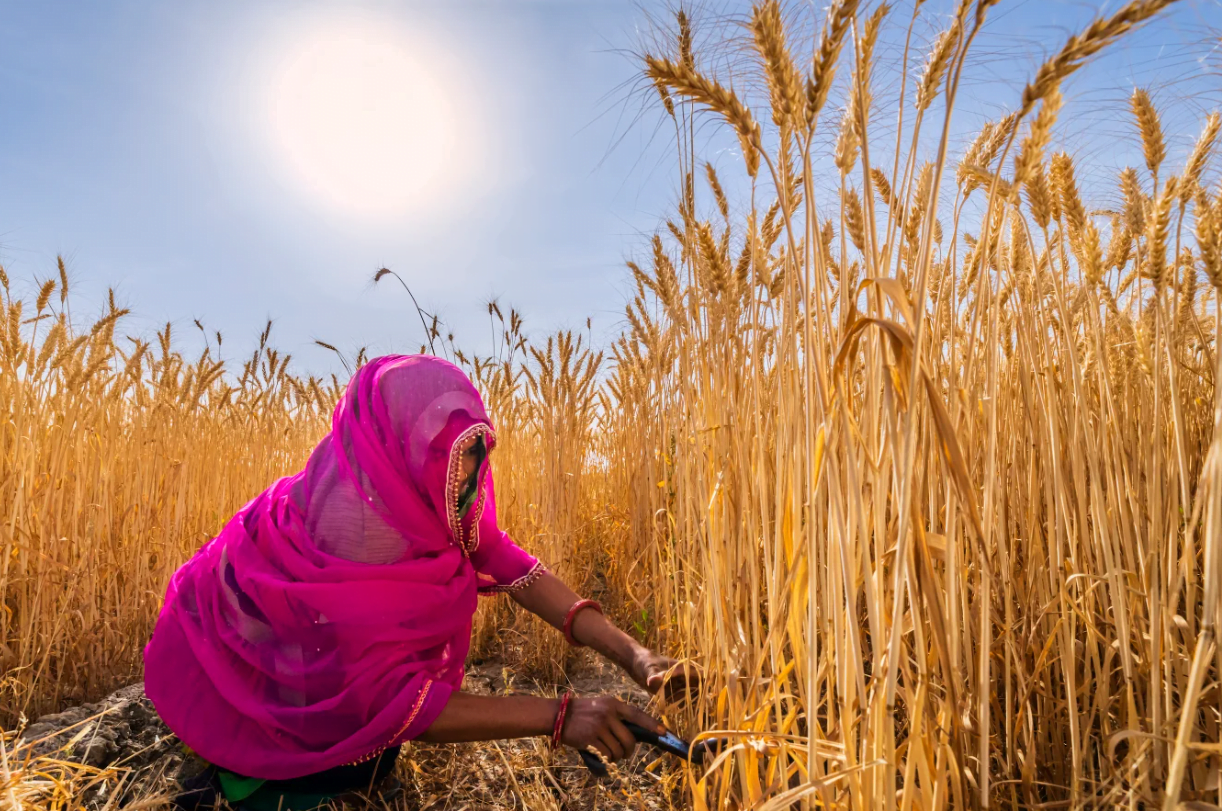Ever since the horrific incident on 16 December 2012 in a moving bus in Delhi took place, several measures have been taken both by the governments at the centre and in the states, for the cause of women’s safety. For example, the enactment of new laws based on the suggestions of Justice Verma Committee. Some of the fallout, however, may not have been beneficial to women.
For instance, the government of Delhi had promised a surfeit of surveillance cameras on DTC buses and bus stands to intimidate attackers and deter crime against women and hopefully help bring the perpetrators to book.What remains unsaid in this intent, is who will police the police? Experiments in other cities have shown that survelliance rarely acts as a deterrent. Instead, knowing how our law enforcement works, we should wonder if the invasion of the privacy of millions of women is worth the rare chance of catching culprits and deterring crime.
There has also been a suggestion for a national women’s helpline number. Most cities already have a functioning emergency helpline number so what purpose is a separate one, dedicated to women, expected to serve, isn’t immediately clear. Where the additional resources required for this, such as manpower and gadgets, will come from, has not been clarified either.
It has recently been announced that mobile phone companies have agreed to install a panic button for women in distress, and that police help will soon be available with just a press of finger on their phone.
There are two problems with this. How many Indian women own smart phones or even mobile phones, for that matter? Out of the total 612 million female population, only 28% own a mobile phone says this report in Livemint.
Secondly, what happens once the panic button is pressed? Sadly it doesn’t connect us to a spanking new, efficient and empathetic criminal justice system. Response time in such situations is crucial. Not to forget, a perceived threat by the perpetrator may lead to further endangering the victim, rather than help her.
As Rukmini Srinivas wrote in this piece in The Hindu, on the rhetoric surrounding rape, that women are far more likely to be assaulted by a partner, husband or family member than by a stranger. However, seeing as marital rape is illegal and incest too incendiary a topic for discussion or debate, the way out is to shift the discourse to stranger rape and harp on the attack on mostly upper class women by men of lower socio-economic strata.
The Indian state has always been paternalistic in its attitude toward women, looking upon them as creatures needing protection, with no will of their own. The surveillance cameras and the panic buttons all fit in with this mindset of women being considered helpless creatures needing protection.
Studies have repeatedly shown that well lit pedestrian areas, street hawkers, good urban design, frequent public transport, are the most effective deterrents for criminals.
On the one hand, an efficiently conducted investigation, thorough trial and closing the entire process within a certain time frame would help further the cause of justice by bringing the perpetrators to book. At the same time, centering the survivor of a sexual assault or rape, aiding her recovery, physically and psychologically, should be the aim of any civilised society. Both of these objectives can be met by one stop trauma centres.
However, when it comes to such measures which would have the most impact this is how our government responds; by backtracking and cutting down on crucial infrastructure: just 36 of the 660 promised rape crisis centres are going to be built over the coming years.
Safety, it turns out, is yet another stick which can be used to beat women with. If anything the loud voices harping on “women’s safety” on the one hand and only looking at gimmicky, myopic short term solutions, on the other are only working to further limit women’s autonomy. With each cry of ‘safety’ the doors are locked more firmly in women’s faces and the bolts fastened more surely than ever.
P.S.: Restricting this discussion to women but let’s not forget the fact that non-gender performing persons/LGBTQ folk are more likely than women to be attacked yet there seems no provision or talk about their safety.



